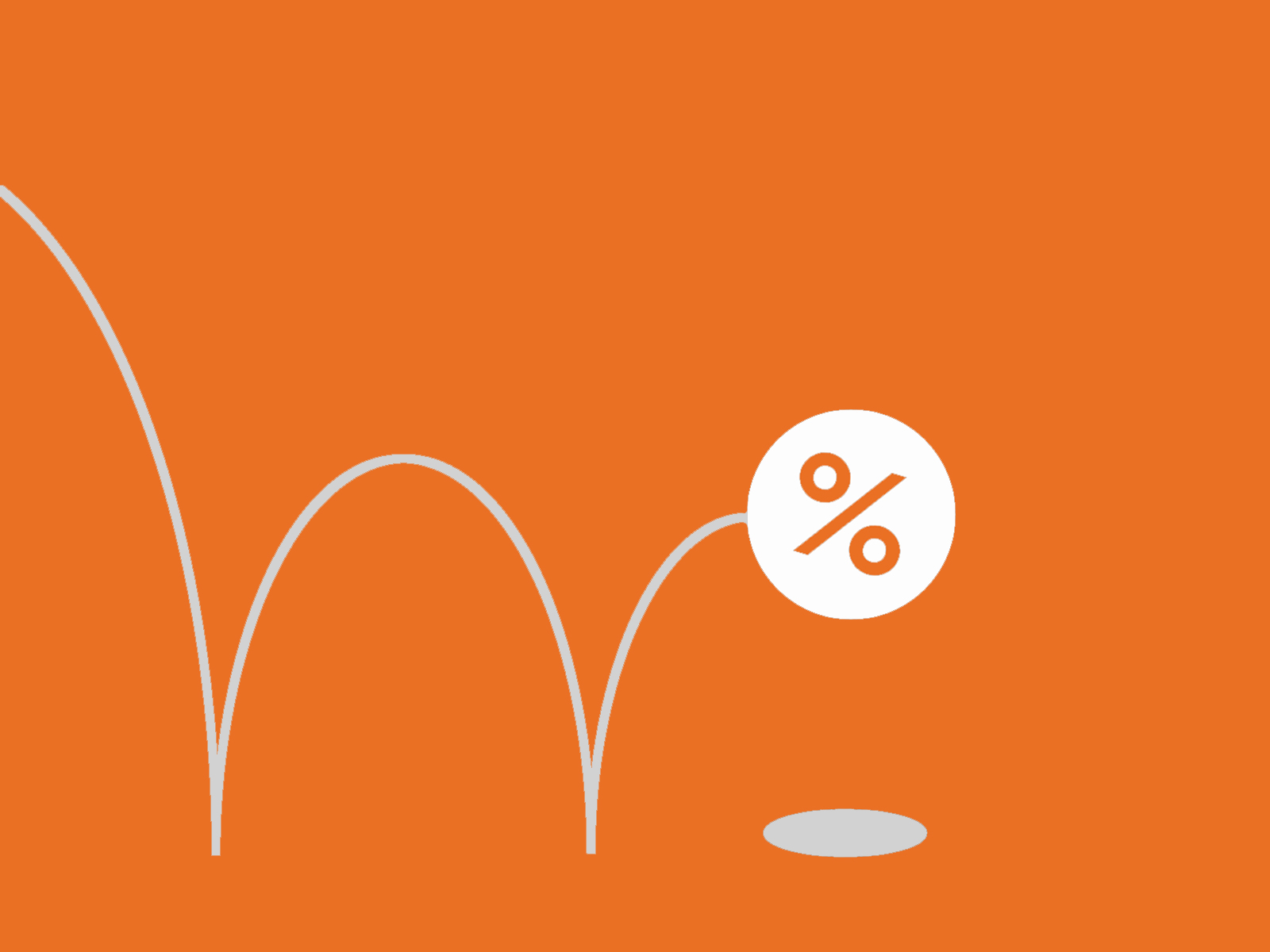Pros and cons of a line of credit
Sometimes, life throws you a curveball — whether it's a large unexpected bill, job loss, or some other event — that can make it difficult to make ends meet.
It helps to have a contingency plan ready in case of such a financial crisis. One way to prepare is to have an emergency fund. Another is to have a line of credit. Both can offer useful financial support during difficult times.
Banks, credit unions and other financial institutions offer lines of credit, which allow you to borrow money up to a specific amount. Read on to learn the benefits and drawbacks of lines of credit.
Pros of getting a line of credit
Depending on your situation, applying for a line of credit could be a wise move. Let's examine the advantages.
- A line of credit typically comes with lower interest rates than credit cards or traditional loans. A secured line of credit could come with even lower rates.
- A one-time application process gives you access to funds when you need them without reapplying.
- You only need to pay interest on the amount you actually borrow — not the entire line of credit. For instance, your bank may offer you a line of credit of $10,000, which is the maximum amount you can borrow. But if you've only borrowed $1,000, you'll pay interest on the $1,000 until it's repaid.
- You may not be charged annual fees, depending on the lender.
- Your bank may let you transfer any overdraft on your regular account to your line of credit, potentially saving you fees.
- You can use your line of credit for anything, spanning from your rainy day fund all the way to financing a car or home renovation.
| Secured line of credit | Unsecured line of credit |
| This involves using an asset — such as a house — as security, which provides the borrower a lower interest rate. The lender can take possession of this security if you can't pay back your line of credit. | An unsecured line of credit — not backed by any security — poses more risk to lenders, so you'll need to pay a higher interest rate than for a secured line of credit. |
Cons of getting a line of credit
Does this all sound too good to be true? Not so fast — lines of credit also come with some disadvantages.
- Easy access to money can be tempting. Ensure your spending doesn't get out of control by borrowing only what you need.
- Lines of credit come with variable interest rates, meaning your monthly bill could balloon if interest rates rise.
- It could take a long time to pay off the balance (or you might never get there) if you're making minimum payments or the payments are interest only. You need to be disciplined to pay it off.
- Like other debts, missing your payments could hurt your credit score.
Want to explore lines of credit in more detail and determine whether this borrowing option might work for you? Take a deep dive with Line of credit 101.


